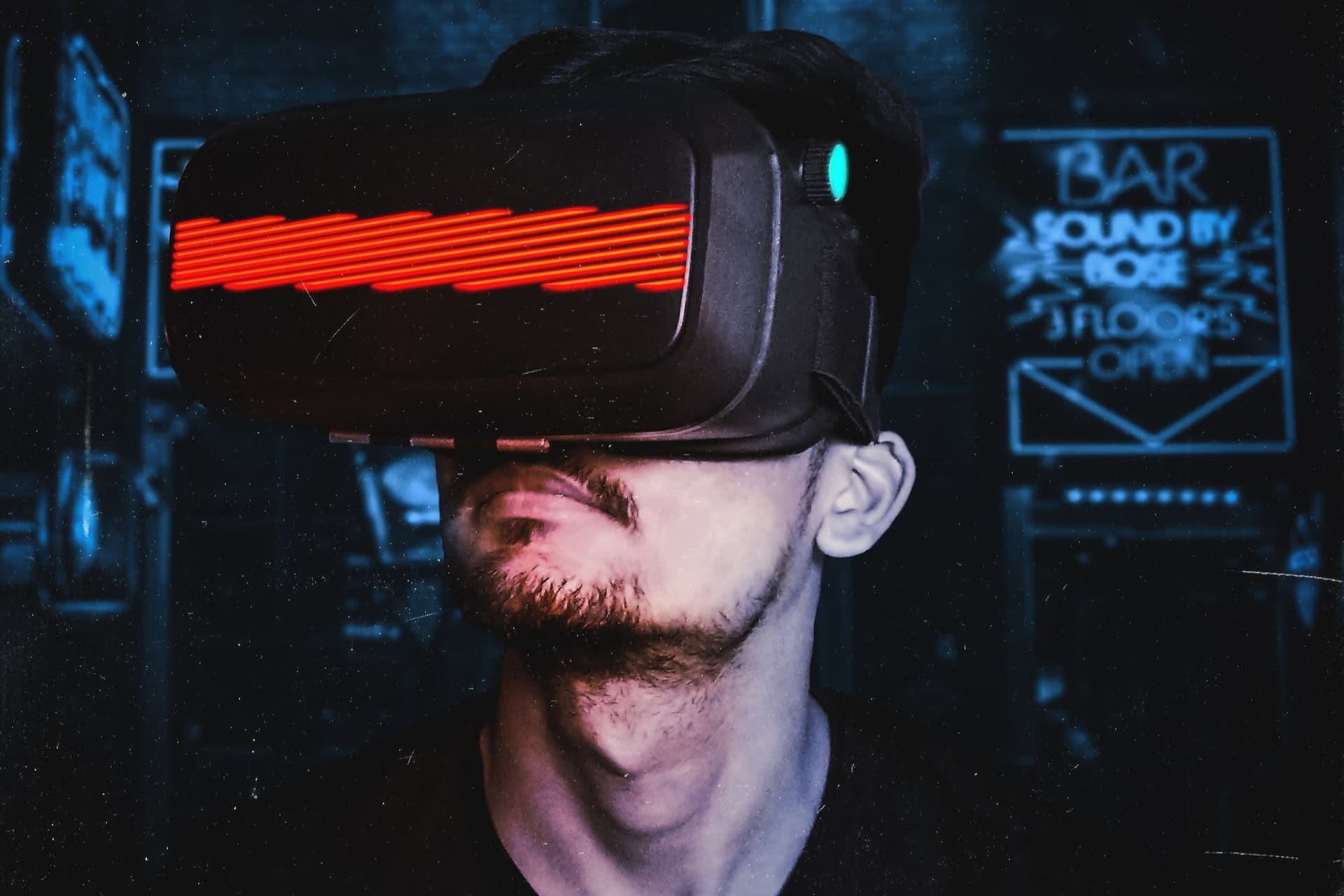The faster artificial intelligence-based technologies develop, the more clearly trends developers, scientists, and engineers will follow in the years to come. So what might we see tomorrow?
Digital Doppelgangers
This technology is quite young, but it is increasingly being used not only by architects and engineers, but also by the military and the founders of large enterprises. For example, the digital twin of some factory will make it possible to create various models for optimizing the enterprise, of which the founders will then choose the best one in order to increase profits later on. They will also be able to predict possible errors, reduce costs, improve quality control and preventive maintenance.
However, the digital twin is not only a virtual copy of physical objects. As a rule, the technology also allows simulating work processes, i.e. creating a simulation of rescue missions, terrorist threats, air, land and sea operations, where representatives of law enforcement agencies and military departments can hone their skills without unnecessary running of equipment, operation and maintenance of which costs a lot of money.
The same applies to cybersecurity. A digital twin can simulate a hacker attack on a company or institution. The task of security experts is to prevent possible hacks and data theft. Developers of various kinds of applications, especially those based on the neural network, will also need the technology. By testing different scenarios, they can identify weaknesses of their projects, vulnerabilities, and eliminate them, providing the end user with a complete, reliable and ready-to-use product. Possible applications also include: education, medicine, sociology.
IoT Sensors
IoT (Internet of Things) sensors are used in many areas today. The simplest and best known system where they are used is the “smart home” in which the TV, smart speaker, light control system (windows, doors) “smart” doorbell and refrigerator work by transmitting data about the user to each other. Thanks to this, a person can be notified about who came to the door of his house, whether the perimeter is not broken, whether someone tried to break into the house, he can not worry about the shopping list – the fridge itself will make it, a smart speaker will acquaint with the latest news, and together with smart TV and lighting control system – will entertain.
Similar, but more extensive systems are available to medics, military, law enforcement, and scientists from various fields.Products often run on different platforms, which sometimes do not dock well with each other – that is the problem. In the next year, developers will try to eliminate this problem by developing standards and protocols common to all IoT gadgets.
The IoT network is growing, it already includes tens of millions of devices around the world, so the trend of 2023 in the field of technology will also be the cybersecurity of the Internet of Things, because hackers have repeatedly hacked users through smart gadgets.
Cybersecurity
It is quite natural that cybersecurity will become one of the most important technological trends of 2023. Private companies and states alike are very concerned about cybersecurity, especially after the Russian attack on Ukraine, which was preceded by hacks into infrastructure, public sector sites and the resources of large private companies like banks. With 5G, cybersecurity experts will be able to share data even faster and solve complex problems together. But hackers are sure to take advantage of this advantage as well. That’s why it’s important for security experts to develop AI and machine-learning platforms and applications that can assess risks instantaneously, monitoring the information space to detect the slightest signals that hacking is possible.
Quantum computing
Any self-respecting BigTech company already has its own quantum computer. Microsoft, Intel, IBM, AWS, and Google have them. They are huge, complex in design and configuration, but, according to scientists, they can surpass any supercomputer. However, the Chinese company SpinQ Technology has gone further, offering anyone who wants to buy their own quantum PC for the cheap – $8900. With the Gemini Mini you can understand the principle of quantum computing.
While Gemini Mini is seen by many as a “show piece,” the device demonstrates an important technological trend – quantum computers, phones, Internet, and communications are not far off. Soon all of this will become commonplace and will go from laboratories to offices, classrooms, online casinos, financial and medical institutions, public and governmental organizations, and ordinary homes.
Scientists are betting heavily on quantum encryption – a method of information protection, through which to break into a device in order to get the data will be impossible, because the protection system will recognize the attack of a hacker literally at the physical level.
The meta-universe
This trend is still afloat, as many techno-market players believe that the meta-universe has meaningful economic prospects. Analysts predict a capitalization of $800 million by 2025 and $2.5 trillion in 10 years. According to the developers’ idea, in the virtual reality universe, you can not only have fun, but also work, get an education, develop telemedicine and online commerce, as well as the financial sector.
Many companies actively use meta-universes to test their products, create a new image, and connect with potential consumers. An “industrial” meta-universe is one of the biggest hopes of the IT industry. It will find a lot of applications: digitization of the real world, working with big data in virtual environments, building models to achieve sustainable development goals with cost optimization. In fact, it could become a comprehensive digital twin of the reality in which we live.
But so far we are far from the point where we can be in a digital universe that combines virtual and physical reality in a shared online space.

Super apps for IoT and the meta-universe
For mobile apps, platforms, and digital ecosystems to work cohesively in the same meta-universe or Internet of Things system, we will need so-called super-apps, which we have also included in the top new technologies. It’s a kind of Swiss knife, with different tools, only in the digital equivalent. The super-application can be used for completely different purposes according to the needs of each user.
Robotic automation of processes
The latest technological trend of 2023 is directly related to the development of technologies such as artificial intelligence, machine learning, and robotics. Robotic process automation (RPA) will be actively implemented by large businesses, research institutes from various fields. Its area of responsibility will be not only the automation of business processes directly (chatbots communicating with clients, drafting typical agreements for partners, handling correspondence, or online casino support services), but also the development and implementation of all kinds of applications, conducting transactions, processing big data, and collecting and analyzing information.
The main advantage of RAP is that this technology can automate routine tasks and repetitive processes that were previously performed by employees. At the same time this does not mean that people will lose their jobs. On the contrary, they will be able to focus on more creative and productive tasks. RAP is also designed to reduce costs, increase profitability, reduce time spent on time-consuming tasks, and most importantly, reduce the likelihood of errors.
All of the above technologies should help humans exercise their talents, engage in creativity and generate new ideas while bots deal with boring chores like secretarial work, demanding tasks like account maintenance, or highly complex processes like Big Data processing.


